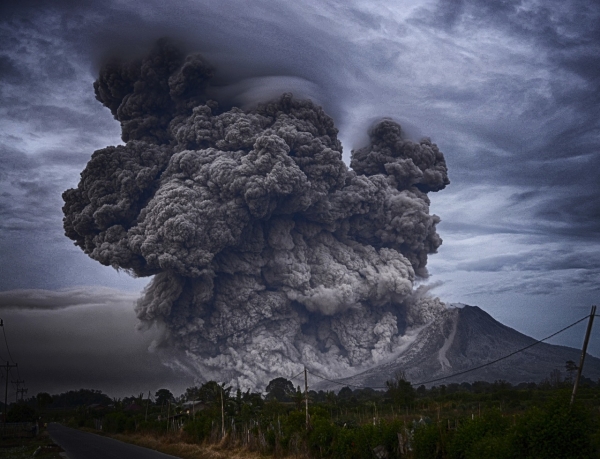Volcanic ash is no ordinary dust: It gets injected into the atmosphere, climbs to the stratosphere, impacts climate, powders roadways and clogs jet engines.
To bridge the knowledge gap between volcanologists and atmospheric scientists working on climate change and observing global systems, Cornell researchers have characterized volcanic ash samples from many explosive eruptions of a broad compositional range. The work is helping scientists uncover how this tiny material – measured in microns and nanometers – plays a big role in the atmosphere.
The work, “Phases in Fine Volcanic Ash,” was published Sept. 21 in Scientific Reports.
“Large volcanic eruptions can have measurable impacts on climate that last for years or even decades,” said first author Adrian Hornby, a postdoctoral researcher in the Department of Earth and Atmospheric Sciences. “The dispersion and transport of fine volcanic ash and its interaction with the Earth touch on various disciplines – from atmospheric science and climate modeling to environmental studies and even public health.”
Read more at: Cornell University
Photo Credit: Pexels via Pixabay


